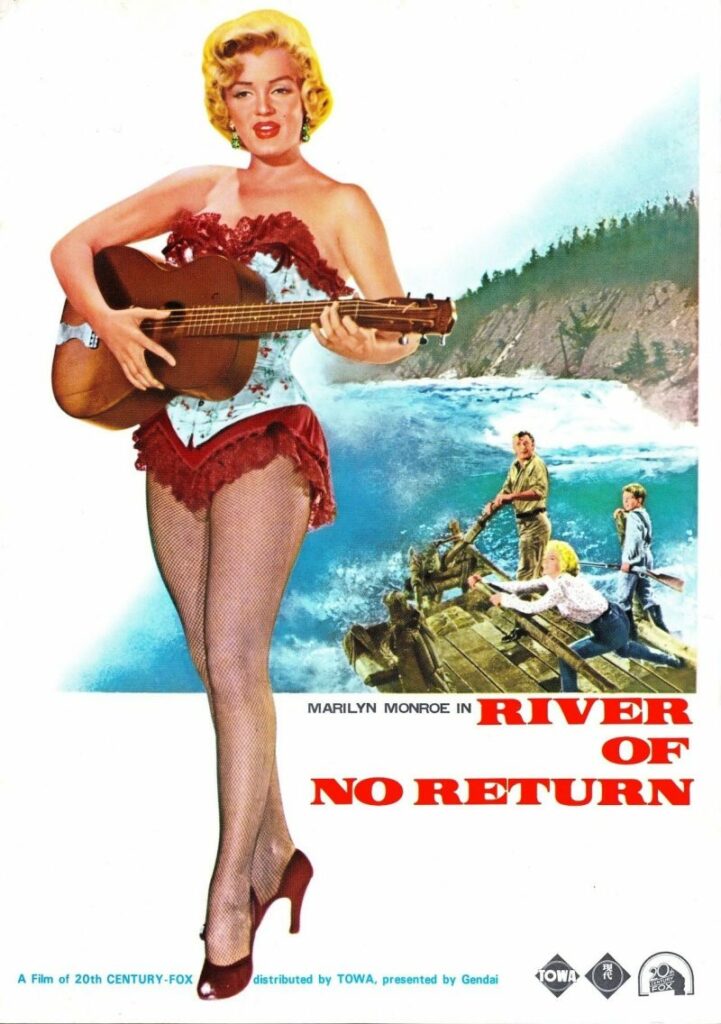
Describing a sweep boat is an exercise of the imagination as nothing outside of the Middle Fork of the Salmon seems to feature them. But hear me out: Take a raft, stretch it out 20+ feet, make the tubes huge – no seriously really huge – and then take the oars (called sweeps) and place them on the bow and stern. Bow and stern? Yeah, the bow and stern. Weird, right? But it works. Photo above.
What’s the purpose of a sweep boat?
Sweep boats are used on the Middle Fork of the Salmon as gear boats for commercial trips. They’ll typically take the entire kitchen, chairs, tents, overnight personal bags, and plenty of food too. Because camps are pre-determined at the start of the trip, there’s no camp anxiety about racing other groups to snag a camp, so a sweep boat driver’s main purpose is to get to camp before their group and have everything set up by the time they arrive.
How do they get ahead of their group?
You would think that in the absence of oars a sweepboat would be slower than a regular raft, but this isn’t the case. A number of contributing factors allow a sweep boat driver to get to camp earlier than the rest of their group.
- They leave camp before everyone else. Not always, but often.
- Sweep boats sit lower in the water, which means the current keeps pushing them along, making them faster than regular rafts.
- Sweep boat drivers don’t stop for lunch or slow down anywhere for fishing or hot springs.
Regarding item #2, this is one reason why sweep boats are only found on the Middle Fork of the Salmon. For most of the way, the Middle Fork has continuous current. There are very few sections that have pools of water such as in a true pool-drop river. In these pools a sweep boat doesn’t perform very well, even getting to the point where a driver will turn their sweep boat completely perpendicular to the river to pull through the calm section. But again, these pools are few and far between on the Middle Fork.
The brief history of sweep boats
Before inflatable sweep boats there were wooden scows, which were used on the Salmon river. These scows were similar to sweep boats. They had sweeps on the bow and stern. Their drivers would be standing to navigate. And they were large. This could be a post entirely on its own, but the Salmon river nickname River of No Return refers to scows being a one-way trip. The driver would run the scow downstream to a town and then they would dismantle the scow for its lumber. Hollywood and Marilyn Monroe would like you to believe the name is more sinister, but again, we’ll save that for another blogpost.

The anatomy of a sweep boat
The fastest way to let everyone know at the Boundary Creek boat ramp that you’re from out of state is to call a sweep boat a raft. Everyone does it though, so don’t feel bad. There are a number of components that are on a sweep boat that you won’t find on a regular raft. These are broken down below.
- Sweep arms. These are metal, which makes them extremely heavy, however, they are balanced (like a counterweight oar).
- Sweep blades. These are wooden and are deceivingly large. They have to be big to be able to turn the boat quickly and because the arms are balanced it does not take superhuman strength to move the boat.
- Yokes. Yokes keep the arms in place. They allow the arms to rotate horizontally and move up and down.
- Skirt. Without a skirt, it would be hard to rig all the gear in the boat. This is typically a metal frame with material on the outside of it. Skirts are typically open in the stern and closed in the bow. They’re open in the back to more easily allow the driver to load and unload gear and themself. They’re closed in the bow to allow for more rigging space and also to help keep water out as they splash through waves.

Driving a sweep boat
Sweep boat drivers need to have intimate knowledge of the river, more so than just knowing where their camp is. They need to know where the low water channels are and the sweep boat lines for particular rapids. Because sweep boat drivers are usually solo it is critical that they don’t get stuck or run into issues while on the water. Nothing worse than getting stuck and then having to wait around for your group to catch up to you to give you a hand.
Sweep boat drivers are standing the entire time. The platform that they stand on is flat and is typically referred to as the dance floor. Sometimes in rapids, the current is so fast a sweep boat driver has do a move called dropping a sweep. This is when the driver is worried that the current will throw them from the sweep boat or pin them against the skirt by an out of control sweep arm. By dropping a sweep they push the sweep arms down to the dance floor which pulls the sweep blades out of the water and the fast moving current. Often times they do this by standing on them. Confused? Video below.

What water level prohibits the use of the sweep boat?
Hi Jay, good question, and the answer depends on who you ask. I would say at flows starting at 2.5 feet driving a sweep boat “off the top” (at Boundary Creek) gets very challenging.